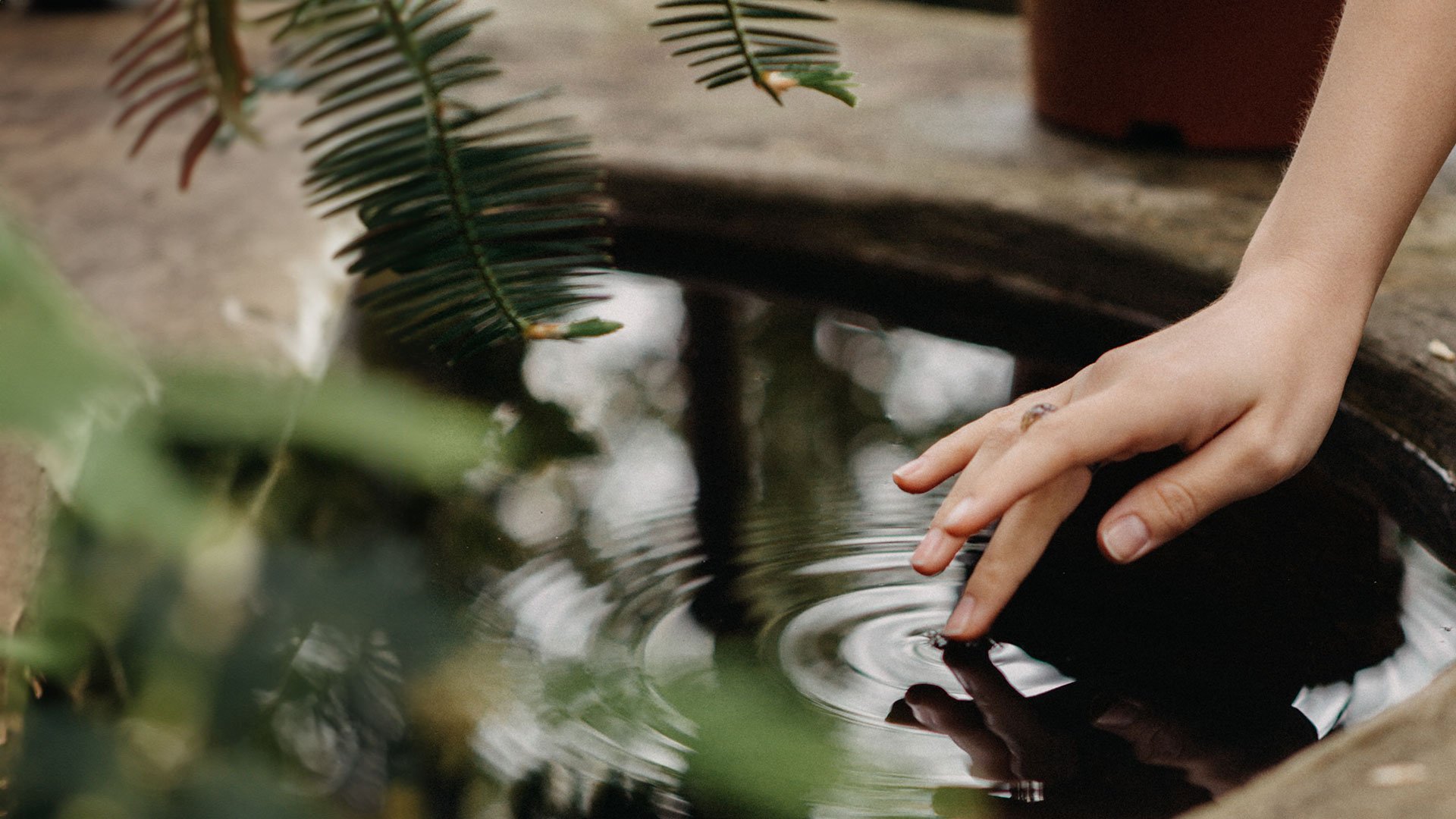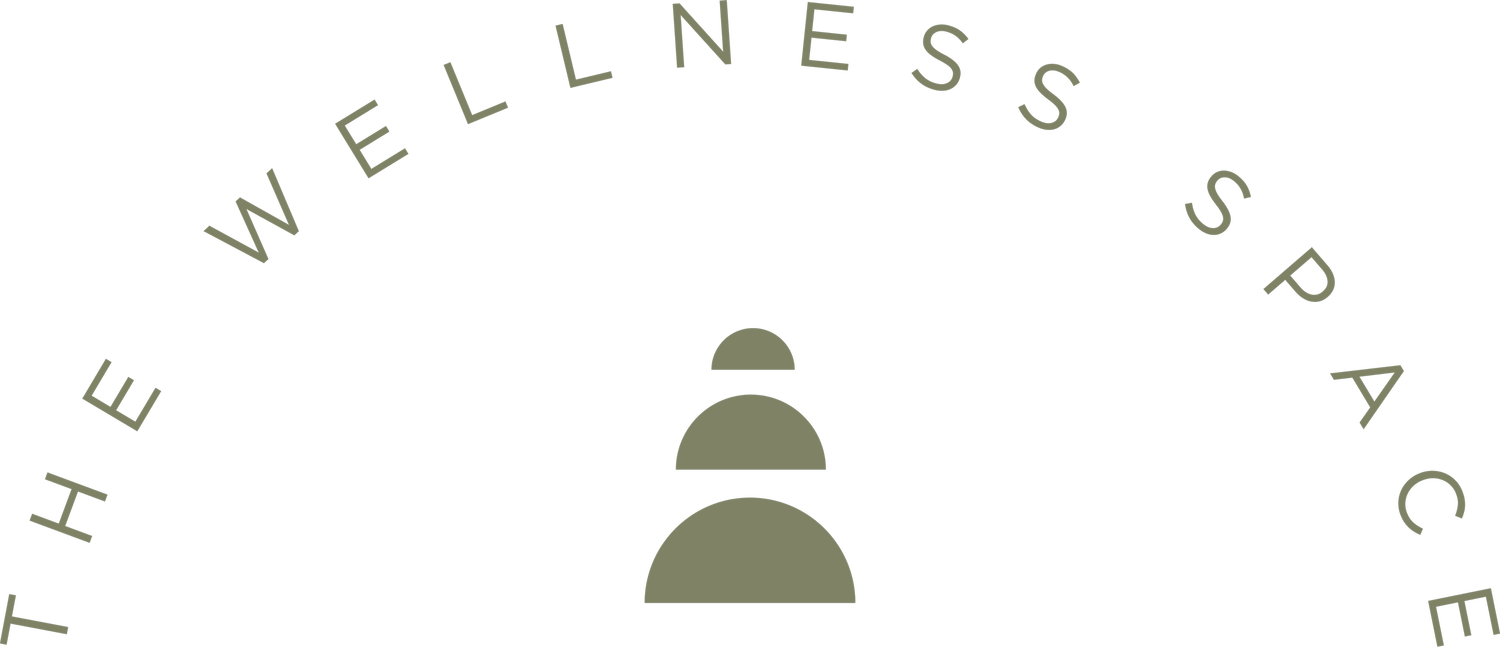
The Wellness Space Blog
welcome to
Empowering you with holistic tips, tools, and insights for a vibrant mind, body, and soul.
The Art of Connecting in Relationships: Listening
The Art of Connecting Habits in Relationships - A Blog Series
How to really Listen
There are so many relationships we inhabit in our lives from our most intimate ones with our partners, children and closest confidants to our more peripheral ones with those we run into at the gas station, check us out in the grocery store or total strangers we bump into on the train. How we interact with all of them has a direct correlation to our life satisfaction, sense of connection and community. The more positive interactions we have each day the more we feel a sense of purpose, a sense of belonging and support. But how often do we take the time to explore the quality of our relationships or the ways in which we are connecting and disconnecting with people? Deepening our understanding of how we connect with people in our lives can imbue our relationships with greater understanding, richness and care.
There are a few very simple connecting habits that we can focus on to help our relationships thrive. The one we will focus on first in this series is Listening.
How we genuinely listen to others can completely change the dynamics of our interactions. Most of us listen not to seek to understand but with the intention of how we will respond. We listen to the first part of someone speaking and go internally to our space of argument, to think how we will prove the other person wrong or how we will solve their problem. We listen to find a comparison in our own lives to share with them, we listen distractedly while we mentally make a grocery list or to do list and we miss so much of the emotion, the intent and then speakers bid for attention. When we listen to understand we listen from the speaker's viewpoint, hearing their words and emotions without judgment; simply noting their word choice, their tone, their body language and facial expressions. Truly listening is a full sensory experience that requires your full attention and energy.
If you have ever truly tried to listen to understand (and you aren’t professionally trained like a therapist or coach!) you may find it challenging because it isn’t the way we usually go through life. Our ever diminishing attention spans make it difficult to remain present and spacious with someone and “just” listen. We want to interject, to drift off, to draw conclusions of our own how their sentence will end and why they shouldn’t feel the way they do. So how can we start to retrain our brains to be focused, be present, capture the phrasing? Start by practicing an active listening exercise with a close friend or family member. Explain you are trying to improve your listening and I’m sure you’ll find a willing participant!
Grab a notebook & pen and set a timer for 3-4 minutes. While this may seem like a really short amount of time, as you do this exercise you’ll realize how challenging it can be to be fully present, actively listening for even a few minutes. Take notes as your loved one speaks, record the words and phrasing they use, observe their mood, tone and catch yourself if you start to judge, drift, dismiss. When the timer goes off you can see if you were really able to capture what your loved one intended you to hear by reflecting back to them what you heard. Your notes should allow you to reflect back a deep understanding of not only how they are feeling but why they are feeling that way and that allows the speaker to feel heard and understood on a deeper level. It creates a level of intimate connectivity because when we feel heard and understood we create a meaningful bond.
Holding space by simply listening and really hearing who is speaking to you changes how you hear. When you suspend your internal dialogue and judgment and simply listen to the words you will uncover a nuanced understanding that has always been there just below the surface.















